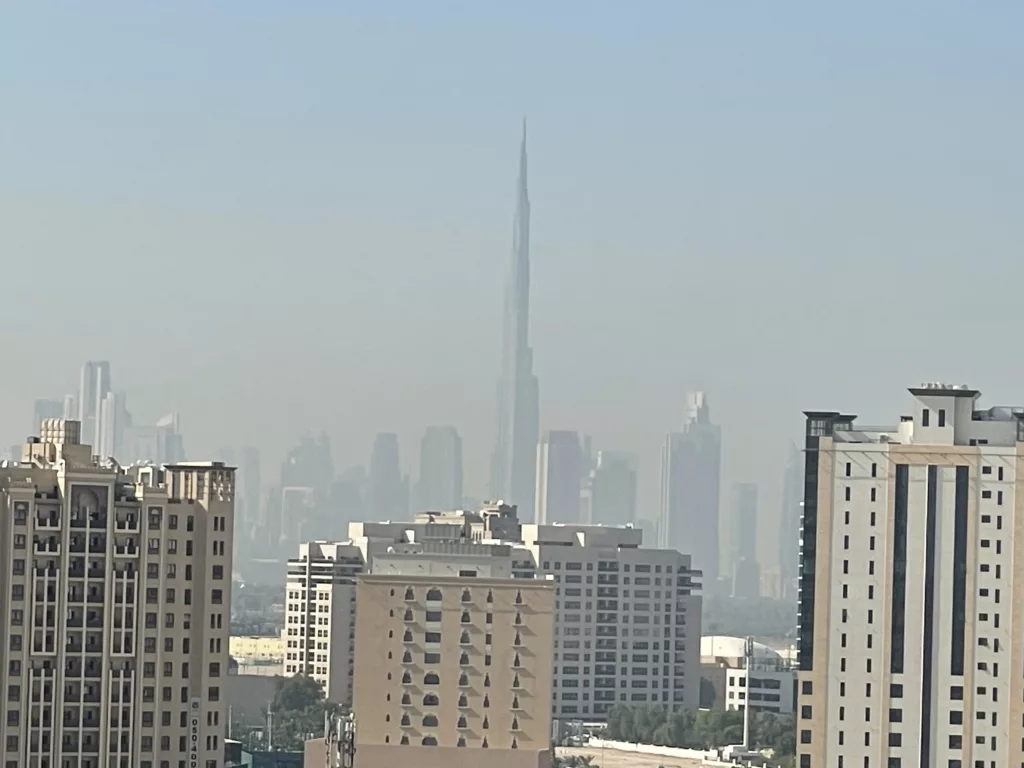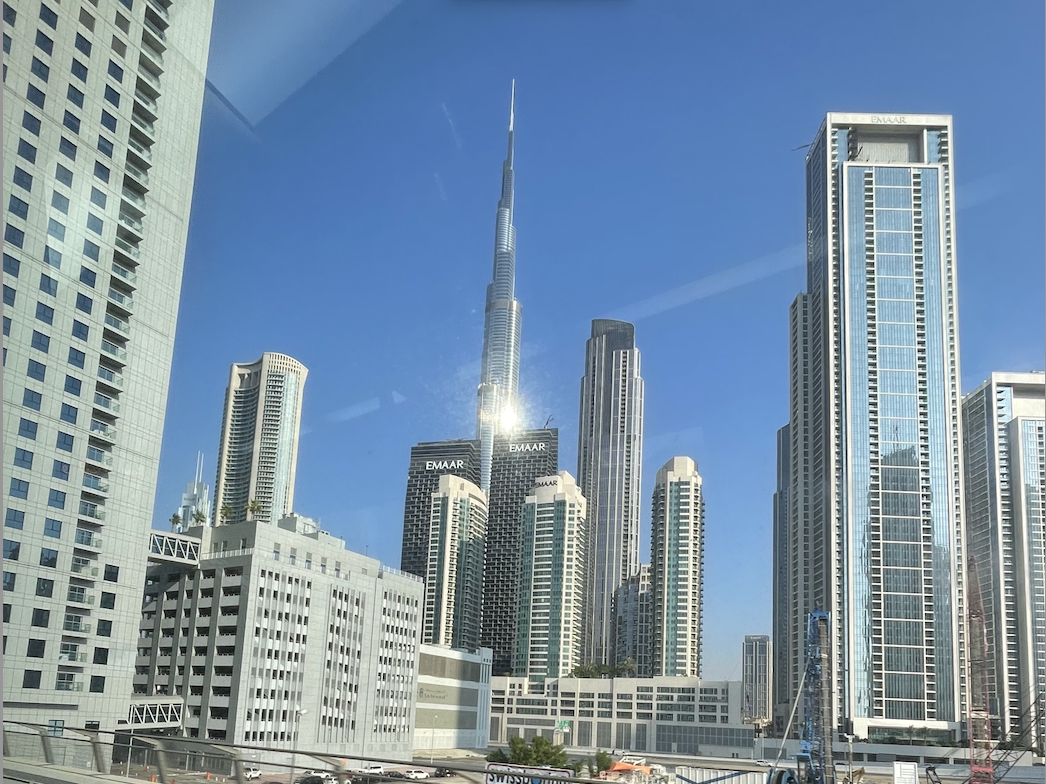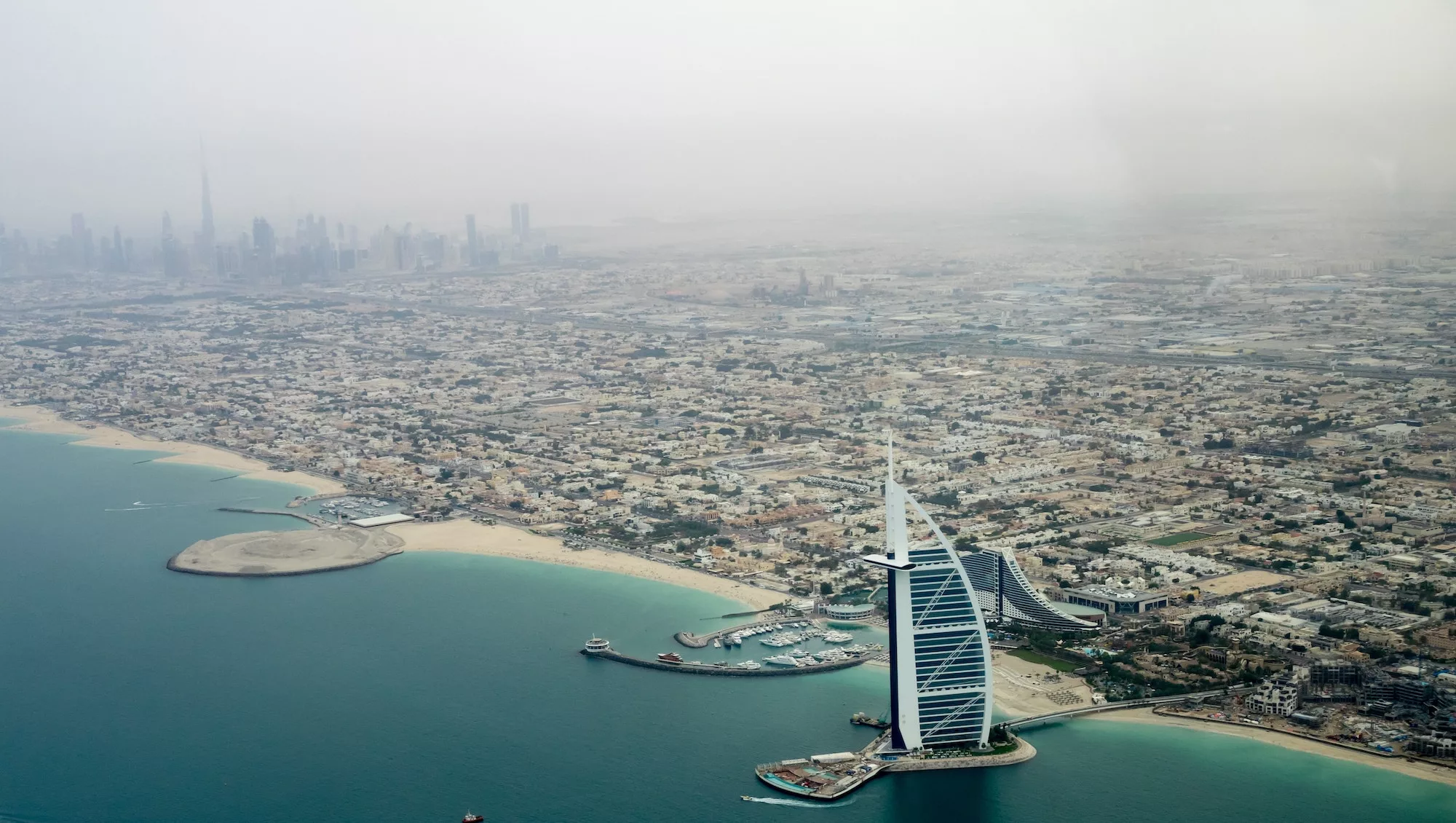The relevant authorities here declared yesterday to be “COP28 Health Day.”
An explanation is warranted. The United Nations Framework Convention on Climate (UNFCCC, or “Framework Convention”) was produced at the “Earth Summit” in Rio de Janeiro, in June 1992.1 Thereafter, on a roughly annual basis, its signatories meet at a Conference of the Parties (COP) somewhere around the world. Last week, one opened in Dubai, UAE. It is the 28th such COP to the UNFCCC. Hence, COP28.
By its own terms, the Framework Convention aims “to achieve. . . stabilization of greenhouse gas concentrations in the atmosphere at a level that would prevent dangerous anthropogenic interference with the climate system.” What, then, does that have to do with public health?
What, then, does the climate have to do with public health? A lot, as it turns out.
The answer is plain: A lot. Dangerous human interference with the climate system results predominately from our historic and continuing production and use of fossil fuels. The burning of oil, gas and coal not only heats up our planet (and acidifies the ocean)—it also results in particulate emissions, including very fine particulates (so-called PM2.5) that are so small in diameter they can pass readily through the alveoli at the base of our lungs, and from there travel through the bloodstream. In this way, fine particulate pollution induces not only respiratory distress, but also stroke and associated illnesses.
It is for this reason that the burning of fossils fuels, to quote an important 2021 study, constitutes “a major source of airborne fine particulate matter and a key contributor to the global burden of mortality and disease.” Writing in the journal Environmental Research, that study’s authors stated that, for the year 2018, “the global total [is estimated to be] 8.7 million premature deaths.”
How many must die before the nations decide to act?
How many unnecessary deaths does it take for our government—or that of any nation—to choose a dramatically different course? That, admittedly, is a difficult question. So let us consider another. What if government and industry leaders with the power to turn things around post haste were forced to choke on their own fumes? Would they then act without undue delay to clear the air? But for the certain collateral deaths, this might be an experiment worth considering.
And, indeed, this is the very experiment that we are running in real time. Consider my photos the last two days of “The Burj Khalifa.”
Any building bearing its own name must really be something. Indeed, my own kids had urged me to take a photo of this thing. According to Visit Dubai, “the Burj Khalifa is the tallest building in the world. . . [a]t 828m tall the unmatched view can be taken in from not one but two observations decks . . . on the 124th and 125th floors, on the 148th floor, or [from] the lounge which is spread across floors 152, 153 and 154—making it the tallest lounge on the planet.”
But did I really need to visit “the tallest lounge on the planet,” the better to garner such an “unmatched view”?
Do I really need to visit “the tallest lounge on the planet”?
The answer must be: No. Put aside that I neither drink nor smoke (isn’t that what lounge-goers do?) and that I could never justify the $235 admission. Still, it is the purported “unmatched view” that I question.
Have a look for yourself, below, taken the last two days, of “the Burj Khalifa.” The photos are of “the Burj” (we are now on a first-name basis). I took the one on your left from the 16th floor of my hotel (I found an unlocked door to the balcony in its gym) at 11am on December 3, from about 7 km to the northeast of the Burj. The photo to your right is from the Dubai Metro a few hours later, from about 1 km southwest of the Burj. Over the former distance the smog compounds, and blurs. On that day, the PM2.5 reading was an order of magnitude greater than the World Health Organization’s annual air quality guideline value, and for a time on Sunday at the “unhealthy for all groups” level.


Some of the toxic cocktail derives from “BP, Shell and the Abu Dhabi National Oil Company (ADNOC) spreading hundreds of kilometers from their oil fields, putting the health of millions of people at risk across the Gulf [including from] flaring, a wasteful and almost entirely avoidable process used to burn off excess gas produced during oil drilling.” The information derives from a “BBC News Arabic investigation” called “Breathless,” and includes this nugget:
“[F]laring from COP28 host UAE oil and gas fields is likely affecting its own population, despite its claims to be a global leader on the climate. Its leading oil and gas company [ADNOC], whose CEO, Sultan al-Jaber, is COP28 president, committed to phasing out the practice of routine gas flaring 20 years ago. However, the BBC has found there is a substantial level of flaring occurring at sites owned or operated by ADNOC which is reaching populated areas in Dubai and Abu Dhabi.”
The acrid smell here is matched only, in my view, by the Sultan’s recent claim that there is no science behind the public demand for a fossil fuel phase out. Whether government leaders and captains of fossil fuel industries retain any shame at all remains an open question. They could commence an orderly and still-profitable phase out of oil, gas, and coal tomorrow, if they so choose, to clear the air and save the public health. We will have occasion to return to the question of a fossil fuel phase out in my very next post, again from Dubai.
- The UNFCCC has 198 signatories. The United States signed and ratified the Framework Convention during its first year, 1992. Two other Conventions were developed at Rio in 1992 as well: The Convention on Biological Diversity (CBD) and the United Nations Convention to Combat Desertification (UNCCD). ↩︎


